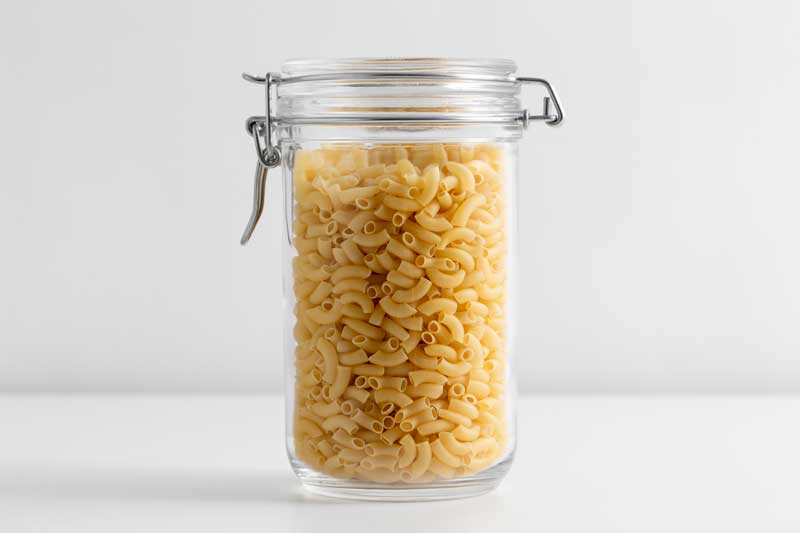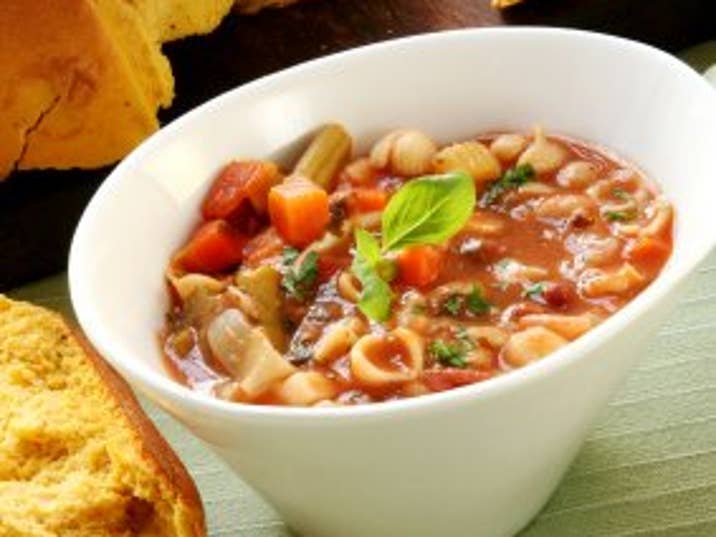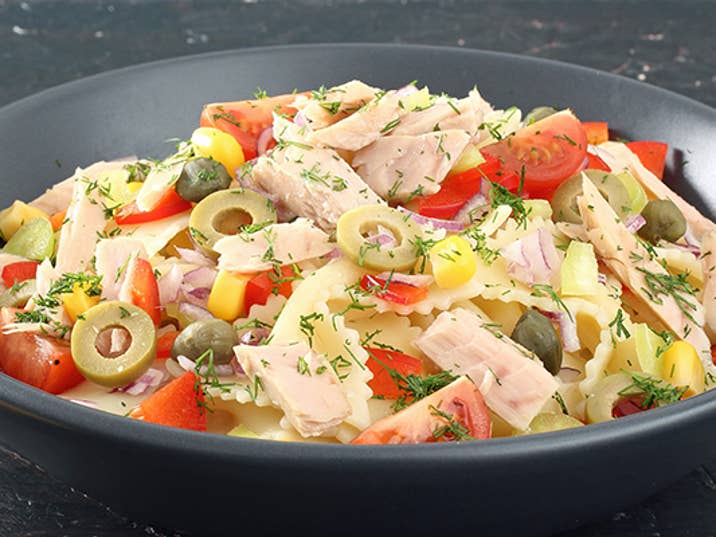How to cook pasta
How to cook pasta
Pasta, the ultimate comfort food, the cornerstone of Italian cuisine, and the savior of busy weeknights. It's such a simple ingredient, pairing well with so many different proteins, spices and flavours.
Whether you're a pasta pro or a culinary novice, anyone can master the art of cooking pasta.
Pasta 101: Getting Started
First things first, choose your pasta. From the classic spaghetti to quirky spiral pasta, there's a pasta shape to suit every taste and dish. Don't be afraid to experiment with different varieties – you never know when you'll stumble upon your new favorite!
One of the best things about pasta is its affordability. With just a few simple ingredients, you can create a delicious and satisfying meal that won't break the bank - like easy pantry staples like pasta and canned tomatoes to budget-friendly veggies like onions, garlic, and spinach, there are endless possibilities for creating tasty pasta dishes on a budget.

Different types of pasta
The most common types of pasta found on the supermarket shelf in New Zealand:
- Spaghetti - Great for pairing with a variety of sauces, from red sauce to carbonara.
- Macaroni elbows - Short, curved tubes with a hollow centre, good for creamy sauces like macaroni and cheese, or in pasta salads or soups.
- Fettucine - similar to spaghetti but flat and wide. Good for serving with rich, creamy sauces like Alfredo or carbonara and also pairs well with hearty meat sauces.
- Penne or spiral (otherwise known as fusilli) pasta - These are both good for thicker sauces due to their ridges and hollow centres. Great for baked dishes, pasta salads or served with ragu - chunky sauces.
- Lasagna sheets - Large, flat sheets of pasta, often layered in lasagna dishes.
- Angel hair pasta - Very thin, spaghetti like past noodles. Good for pairing with light sauces, such as olive oil and garlic or simple tomato sauce.
- Orzo - Small, rice-shaped pasta. Good for adding to soups or salads. Orzo can be used as a substitute for rice in dishes like risotto or as a base for Mediterranean-inspired salads.
You can also get alternative types of pasta, like wholemeal, gluten-free pasta or green pasta which is normally made from spinach or pulses.
Fresh vs dry pasta
Dry pasta is readily available, affordable, versatile and will last for ages in the pantry. However, fresh pasta has a more tender texture and richer flavour, and cooks much faster than dry pasta. It's best suited to lighter sauces made with tomatoes, cream, oil, or butter flavored with herbs. Fresh pasta does have a shorter shelf and should be cooked and eaten within a couple of days.
Once you've selected your pasta, it's time to get cooking.
How to cook pasta
Fill a large pot with water, add a generous pinch of salt and bring to the boil. Add your dried pasta. Cook until al dente, around 5-10 minutes depending on the type of pasta.
How to tell when pasta is cooked
Do the bite test: Al dente means that the pasta still has some resistance when you bite through it and you should see just a touch of white at the center of the noodle. It should be a little chewy and slightly firm, but definitely not crunchy.
Pasta keeps cooking even after you've drained it, so don't leave it in the pot too long or it'll turn into mush. If you're serving the pasta cold, like in a salad, rinse it in cold water, this will stop the pasta from overcooking.
Fresh pasta is much quicker to cook, normally only 2-3 minutes.
Here's a couple of simple pasta recipes to get you started:
Spaghetti Carbonara: A Classic Crowd-Pleaser
This creamy, indulgent dish is sure to impress, but don't let its fancy reputation fool you – it's surprisingly simple to make.
Start by cooking your spaghetti according to the package instructions until it's al dente – tender but still with a bit of bite. While the pasta is cooking, fry up some bacon until it's crispy and golden brown. Next, whisk together eggs, grated Parmesan cheese and a dash of black pepper in a bowl.
Once the spaghetti is cooked, drain it, reserving a bit of the cooking water. Toss the pasta with the crispy bacon, then quickly stir in the egg and cheese mixture. The heat from the pasta will cook the eggs, creating a silky sauce that clings to every strand of spaghetti. Voila!
Fuss-Free Penne with Pesto
For a quick and easy pasta dish that's bursting with flavor, look no further than penne with pesto – the perfect accompaniment to pasta. Buy pre-made pesto from PAK'nSAVE or it's easy to make your own - with fresh basil, garlic, pine nuts, Parmesan cheese, and olive oil.
Simply cook your penne until it's al dente, then toss it with a generous dollop of pesto. For an extra burst of flavor, add some cherry tomatoes and a handful of baby spinach leaves. It's a dish that's as beautiful as it is delicious – perfect for a midweek meal or a lazy Sunday brunch.







